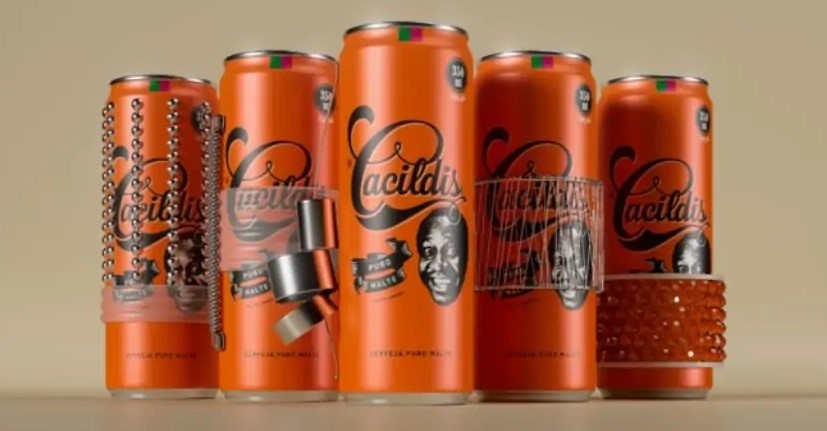

Cerveja Cacildis, from Grupo Petrópolis, marks its tenth anniversary with a festival honouring its musical roots. The cans, named Cacildis Instrumentos Musicais, were created by the producer Conteúdo Urbano. These instruments were created by converting ordinary aluminium cans into high-quality musical instruments, such as the reco-reco, tantan, tambourine, rattle, and afoxé.

Aluminium cans and their potential are crossing boundaries every day! As per AL Circle's report on "Sustainability in the Aluminium Industry," a study conducted by ICF International for the Aluminum Association shows greenhouse gases (GHG) are lower when beverages are transported and refrigerated in aluminium cans than when they are transported and refrigerated in glass or plastic bottles under the same conditions.
Cacildis delivered a unique samba entitled Um toast à life, created by the singer Mumuzinho and developed by the VMLY&R agency, as part of the Cacildis - 10 Anos que Deram Samba campaign, and also astonished by making particular aluminium cans turned into musical instruments.
A series of experiments and prototypes were created over many weeks to accomplish this objective. Hugo Miguel's team at Mockup10, in collaboration with Conteúdo Urbano, opted to fill the inside of the can with a non-toxic polyester resin.
This resin is often used in the production of boats and aeroplanes and has a thickness ranging from 0.2 to 2 mm. This decision not only ensured the appropriate stiffness of the empty can but also preserved a weight comparable to that of a whole can, producing the instrument's sound.
The resin was introduced into the cans by extracting their contents and removing the bottom, thereby conserving the intrinsic properties of aluminium. During the last phase, the instrumental package was enhanced with 3D-generated backdrops. These backgrounds were coated with aluminium on the outside and then polished to get a glossy and sophisticated appearance, like the original can.
On the exterior, the team accurately reproduced the sound of the instruments using metals, ABS plastic, beads, nylon, and other accessories, ensuring that the quality was equivalent to that of conventional instruments. This project showcases the Cacildis brand's ingenuity and inventiveness and the critical role of aluminium in this process. The judicious use of this material in manufacturing instrumental cans retains the distinctive sound of aluminium while providing customers with a realistic musical experience.



Responses






